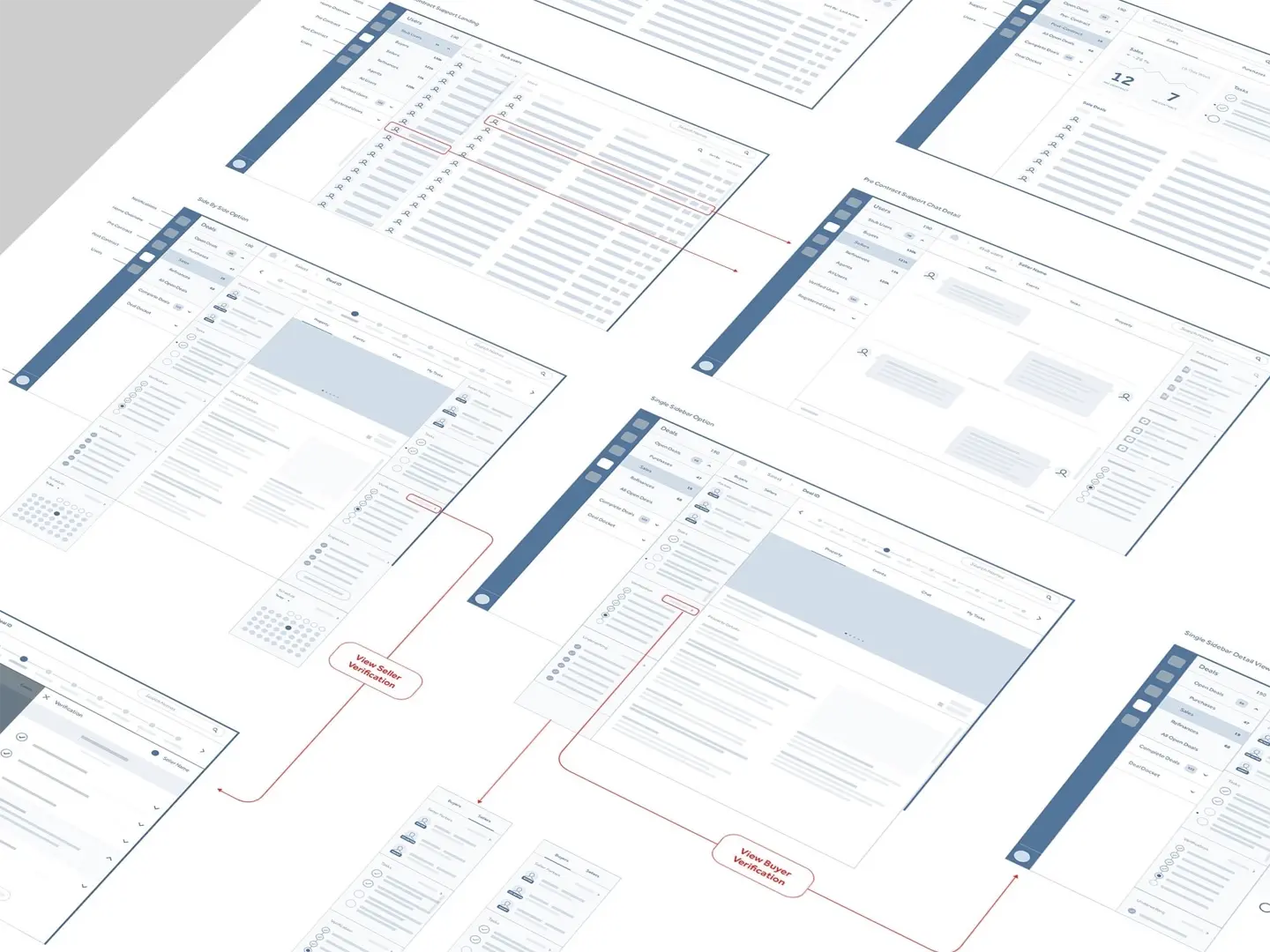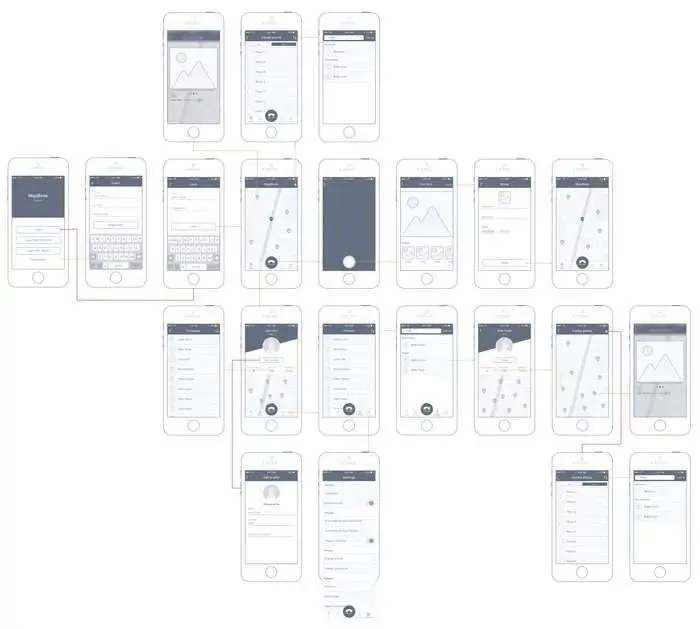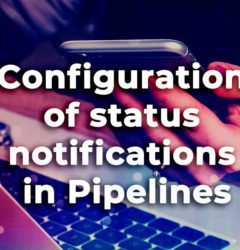
Wireframe, the developers ally
By Leticia Amézquita Balderas, Business Analyst at Financial Solutions
Today more than ever, I’m sure you have heard this from more than one person:
Have you already seen how that baby or child uses the cellphone? He/she is very smart!
Definitely babies and children are incredibly smart, their dexterity, skill and ability to learn quickly is amazing, but something really impossible to deny, is that the design and interaction cellphones offer today, was created so anyone can use them.
Nowadays it’s not only about satisfying the user’s operational needs, when we talk about operating systems, software, or applications, it’s also about the empathy that is generated with the end user and the design is used, since a good design in conjunction with an intuitive and simple interaction will result in the engagement that is generated with the end user.
We know that if the user will spend more than four hours in front of the computer using a system, what he expects to get is a rewarding experience. Therefore, it can be said that wireframes have become the architects of developers in terms of technology design. If we compare both professions, we can realize the similarity when it comes to innovation; a wireframe would be the architect’s blueprints, from there comes the creation of mockups, which at the systems level we call them layouts and finally the rendering, which for us is the creation of functional prototypes.
At the end of the day, we seek that all these support materials allow us to establish a correct communication between the client, the end user, and the executors.
If we manage to materialize an idea, it’s very likely that the final result will be successful and the first step to achieve would be sketching a wireframe.
The correct use allows us to abstract information from a high-or-low-level requirement, contemplating issues that go beyond the functionality to be developed; allowing us to measure and scale the life cycle of the system and/or application.

We consider the wireframe as the blueprint that will delimit, in the near future, how much we can expand, update and modify, without compromising the current performance.
A wireframe allows you to create the overall design, the interaction that will exist with other screens, understand the functionality in a better way, demonstrate the flow that users will have and ensure a correct distribution of content.
When presenting a development, the use of wireframes becomes the perfect material to convince and get the customer’s acceptance, although in a visual way we cans show the scope that the project will have.
The best practices to consider in development would be as follows:
- User flows
- Feature map
- Wireframe’s
- Style concepts
- Style guides
- Mockups
Besides the design, the use of wireframes also allows you to visualize other topics:
Traffic
It allows you to identify the screens that recurrently or in particular cases, can generate a higher traffic of visits, so we can make a design that integrates with the initial solution.
Response time
Wireframes not only help to visualize the number of clicks that will be necessary to achieve some tasks, but also will help to estimate how long it will take the user to reach the desired screen, according to the choice of x or y path.
Growth
By identifying within the wireframe the sections with possible growth or expansion, we can generate an integration plan for the future.
Data
It’s identified, how slow or fast can be the reading of the sections that contain more data load, once the usability tests are done, it can be determined which screens can consume more mobile data usage.
User isolation
It allows us to identify the total scope that the different types of users can have, according to the level of permissions granted to them.
Navigation flow
Allowing us to make correct use of the styles in the design, without losing or altering the line to follow.

Technologies that what we thought were not possible before, today they are a reality. What did not exist three months ago, exists today and what is becoming more and more challenging is satisfying our users. The only thing that separates us is just a click.
This is more than a good practice, it is what makes the difference between a simple development from a customized one that exceeds expectations, it is what will make a system remain profitable and not replaceable in the short term. What do you think?








